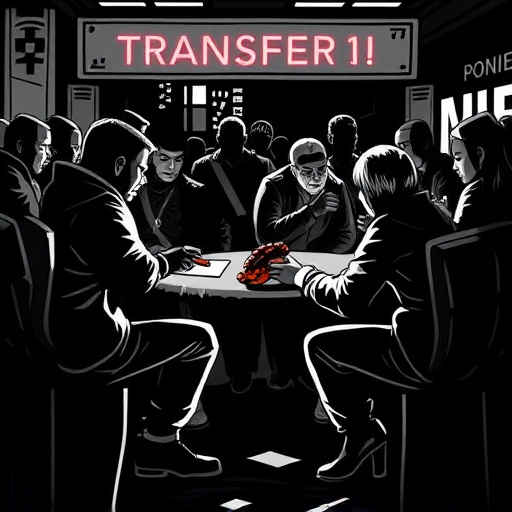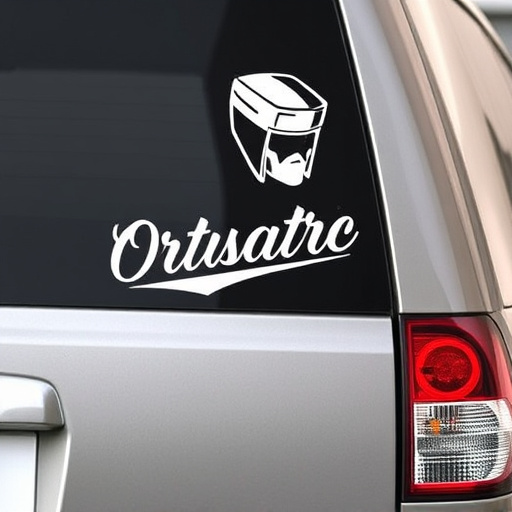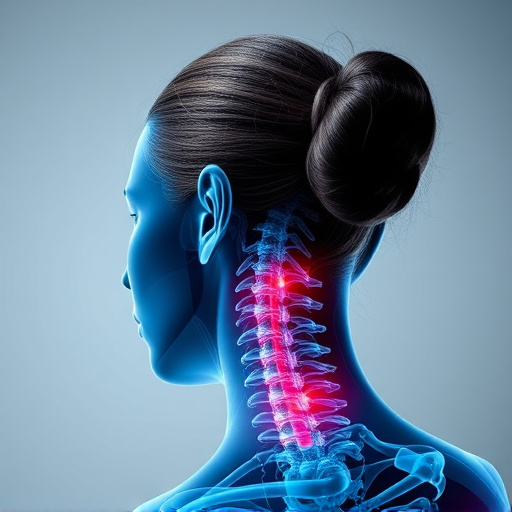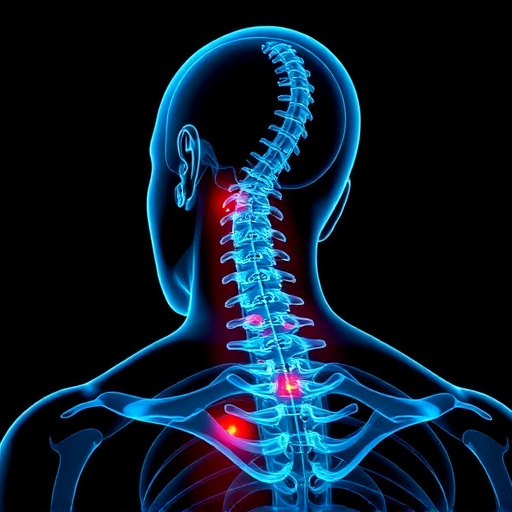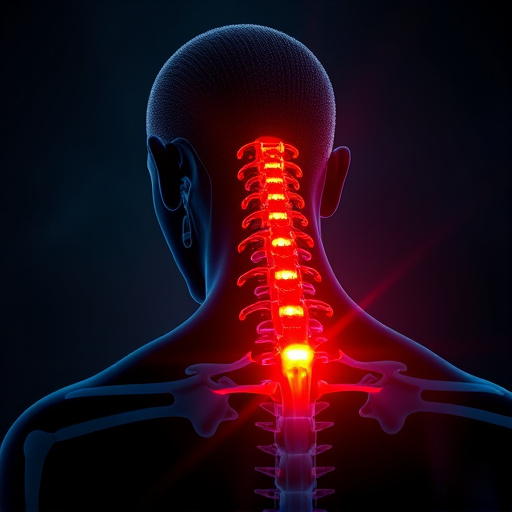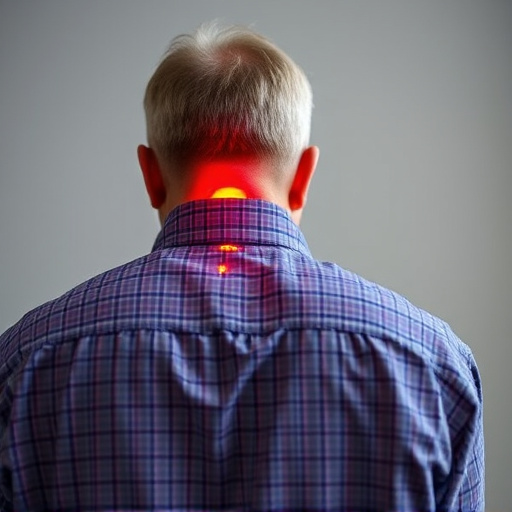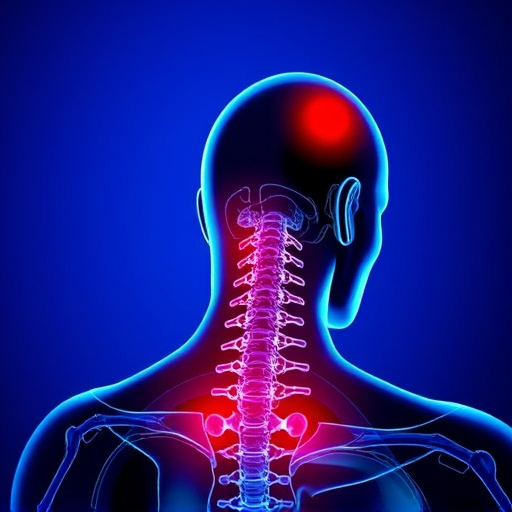Herniated discs result from disc inner gel leaking through outer layer tears, primarily caused by aging due to dehydration and reduced flexibility, but also injuries or repetitive stress. Symptoms vary based on nerve compression, including back, neck, limb pain, numbness, tingling, and muscle weakness. Understanding herniated disc causes and symptoms is vital for exploring non-surgical PIP insurance-covered options adhering to the 14-day rule, which facilitates swift medical treatment initiation like physical therapy, NSAIDs, epidural steroid injections, and chiropractic adjustments. This rule ensures timely care, enabling patients to manage daily activities effectively without resorting to surgery.
“Experience pain or discomfort from a herniated disc without considering surgery? Discover non-surgical treatment options for relief. This comprehensive guide explores causes and symptoms of herniated discs, offering an in-depth overview of alternative therapies. From understanding PIP insurance’s role in coverage to the 14-day rule for benefits, you’ll learn about effective conservative management strategies. Dive into real-life success stories, highlighting the power of non-surgical disc treatment.”
- Understanding Herniated Discs: Causes and Symptoms
- Non-Surgical Treatment Options: A Comprehensive Overview
- PIP Insurance and its Role in Coverage for Disc Injuries
- 14-Day Rule: What It Means for Claiming Benefits
- Exploring Conservative Management Strategies
- Case Studies: Success Stories of Non-Surgical Disc Treatment
Understanding Herniated Discs: Causes and Symptoms
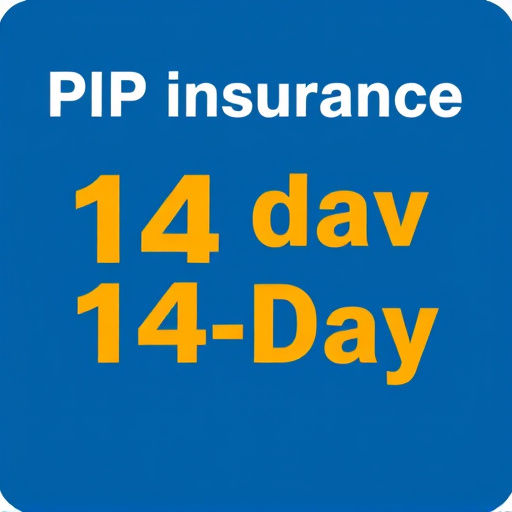
A herniated disc occurs when the soft, gel-like material inside an intervertebral disc pushes through a tear in its outer ring. These discs act as cushions between the vertebrae in your spine, providing flexibility and absorbing shock. When a disc becomes herniated, it can put pressure on nearby nerves, leading to pain and potential neurological issues. Understanding the causes and symptoms is crucial for those considering non-surgical treatment options, especially with the help of PIP insurance adhering to the 14-day rule.
The most common cause of a herniated disc is aging, as the discs gradually lose their water content and become less flexible over time. However, sudden injuries or repetitive stress on the back can also lead to disc herniation. Symptoms vary depending on the location of the affected disc and the nerves it compresses. Common indicators include sharp or dull pain in the back, neck, or extremities, numbness or tingling, and weakness in muscles served by the affected nerves.
Non-Surgical Treatment Options: A Comprehensive Overview
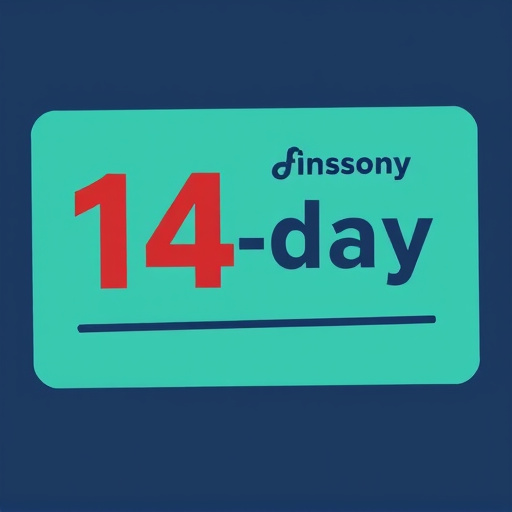
Non-surgical treatment options play a significant role in managing herniated discs, offering a less invasive approach to pain relief and healing. For individuals seeking alternative solutions or wishing to avoid surgery, various options are available. Physical therapy is a commonly recommended first step, focusing on exercises that strengthen back muscles and improve flexibility, which can help stabilize the spine and reduce disc pressure.
Additionally, non-steroidal anti-inflammatory drugs (NSAIDs) are often prescribed to reduce pain and inflammation associated with herniated discs. These medications can provide temporary relief, making daily activities more manageable. In some cases, epidural steroid injections may be considered, where cortisone is injected directly into the space around the spinal nerves to reduce swelling and inflammation. The 14-day rule, governed by PIP (Personal Injury Protection) insurance, outlines specific criteria for these treatments, ensuring patients receive timely and appropriate care.
PIP Insurance and its Role in Coverage for Disc Injuries

Many patients seeking non-surgical treatment for herniated discs turn to their health insurance plans for financial support. PIP (Personal Injury Protection) Insurance plays a significant role in covering disc injuries, offering essential benefits that can help offset the costs of treatment. One key aspect of PIP is the 14-day rule, which allows individuals to initiate medical treatment within a short period after an accident or injury. This prompt action ensures that claims are processed efficiently, providing patients with access to necessary care without significant delays.
With PIP insurance, patients can benefit from coverage for various non-surgical treatments, including physical therapy, chiropractic adjustments, and prescription medications. These options are often recommended as initial lines of treatment for herniated discs, aiming to reduce pain, improve mobility, and prevent further damage. Understanding the extent of PIP coverage can empower individuals to make informed decisions regarding their healthcare and explore suitable treatment plans without financial burden.
14-Day Rule: What It Means for Claiming Benefits
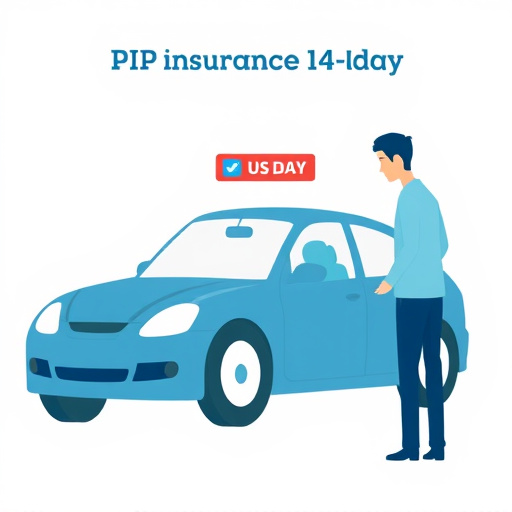
The 14-Day Rule is a critical aspect of understanding benefits claims for non-surgical herniated disc treatments, often covered under PIP (Personal Injury Protection) insurance policies. This rule stipulates that policyholders must typically initiate medical treatment within 14 days of an accident or injury to remain eligible for compensation. The timeline is in place to ensure prompt care and prevent potential delays in claiming benefits.
When it comes to herniated discs, seeking treatment without delay can be crucial for effective management and recovery. Patients are encouraged to follow the 14-day rule by consulting healthcare providers offering non-surgical treatments, such as physical therapy or medication management. Adhering to this time frame enhances the chances of successful claims under PIP insurance, ensuring individuals receive the necessary care and financial support for their herniated disc conditions.
Exploring Conservative Management Strategies

Many patients with herniated discs opt for non-surgical treatments before considering invasive procedures. Conservative management strategies aim to reduce pain, improve function, and prevent further damage. This approach often includes a combination of methods such as rest, physical therapy, over-the-counter pain relievers, and steroid injections. Physical therapists can design tailored exercises to strengthen the back and improve posture, which can help stabilize the spine and relieve pressure on affected discs.
One key aspect in exploring conservative management is understanding the PIP (Point of Care) insurance 14-day rule. This rule stipulates that patients typically experience significant relief or need to explore alternative treatments within 2 weeks of starting conservative management. Early intervention and assessment are crucial to optimize outcomes and potentially avoid more extensive procedures down the line.
Case Studies: Success Stories of Non-Surgical Disc Treatment
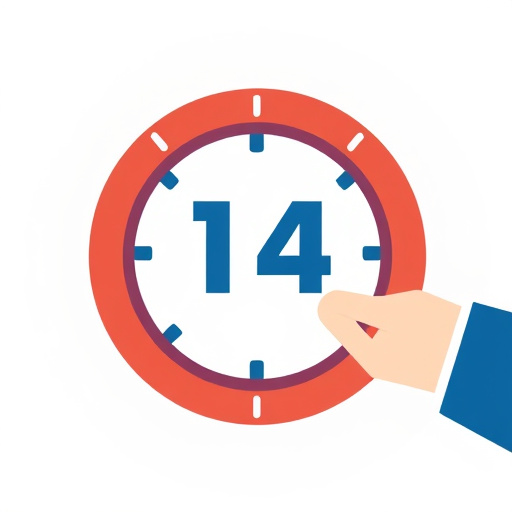
Many patients struggling with herniated discs find hope and relief through non-surgical treatments, often covered by PIP (Personal Injury Protection) insurance policies under their auto coverage, following a 14-day rule for treatment initiation. Case studies highlight numerous success stories where individuals have regained mobility and avoided invasive procedures. One such case involves Sarah, who suffered from chronic lower back pain due to a herniated L4-L5 disc. After exploring various non-surgical options, she opted for physical therapy and targeted exercises. Within a few weeks, Sarah noticed significant improvements in her range of motion and reduced pain levels.
Another inspiring story is that of David, who was diagnosed with a bulging disc following a car accident. He decided to try a combination of chiropractic adjustments and laser therapy. After adhering to his treatment plan for several months, David experienced remarkable results, including a reduction in sciatic pain and improved overall posture. These real-life examples demonstrate the effectiveness of non-surgical disc treatments, which can lead to successful outcomes without the risks associated with surgery.


